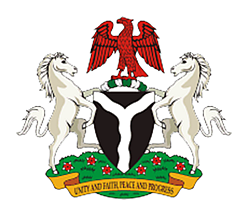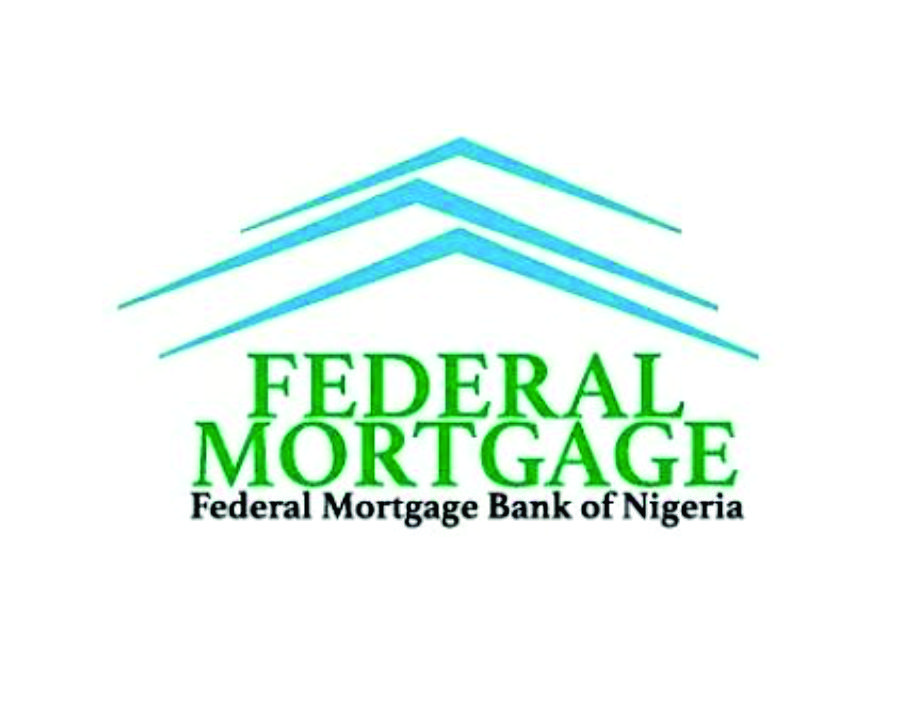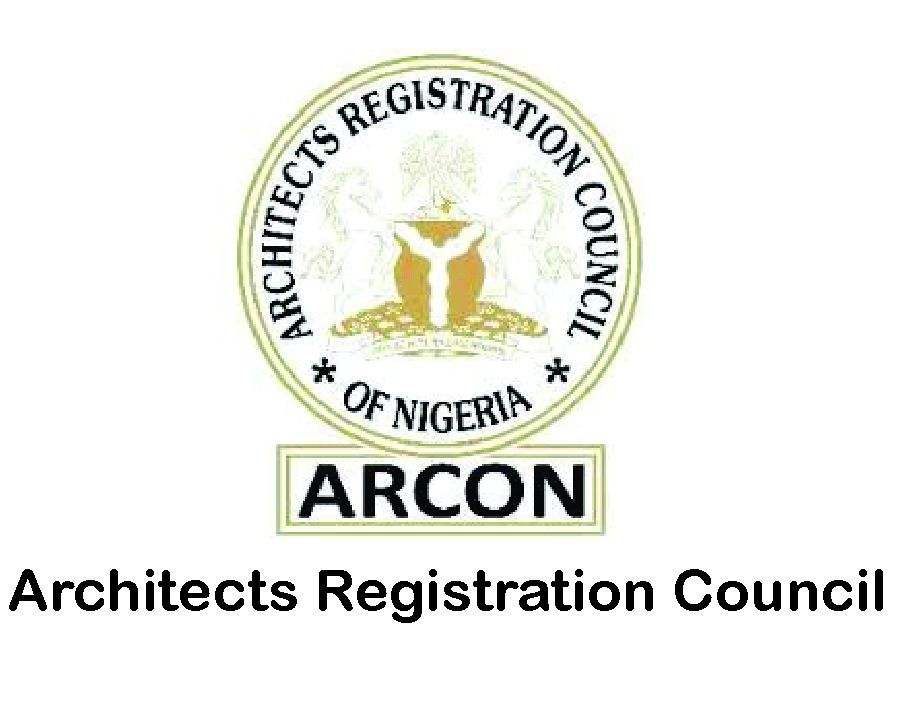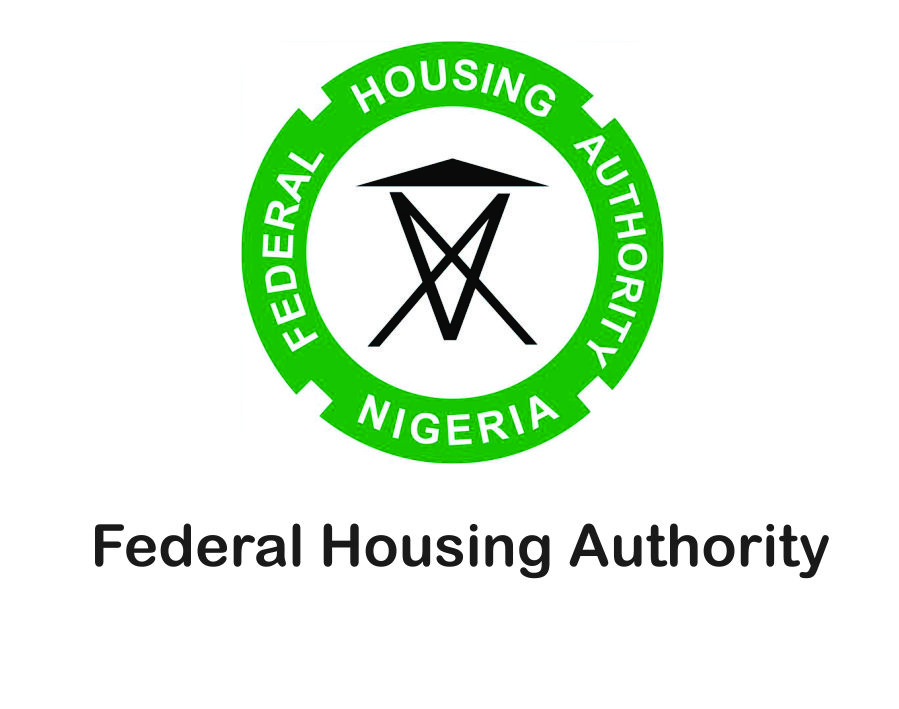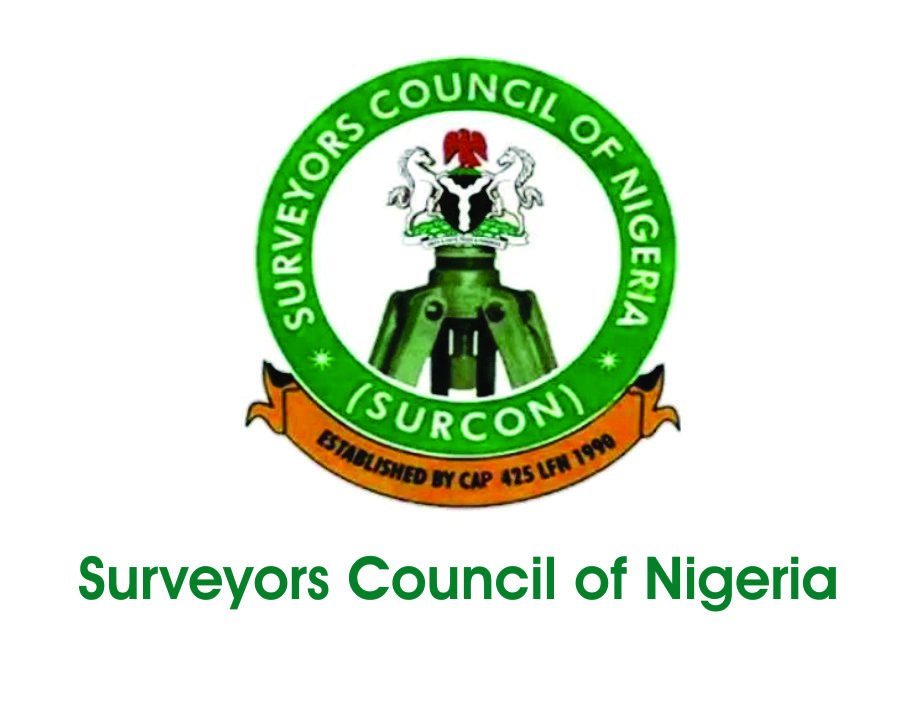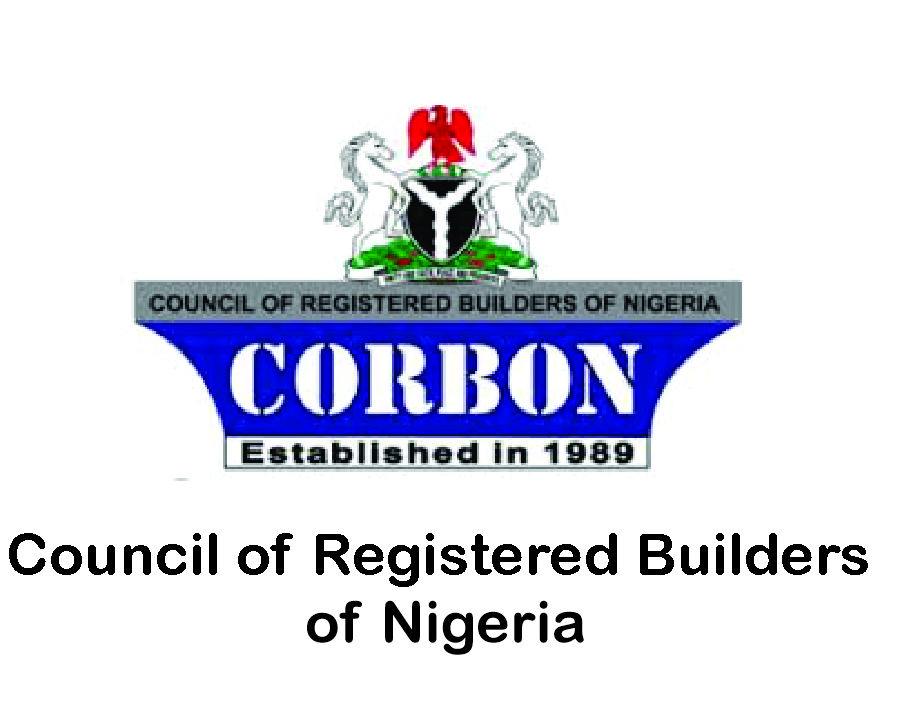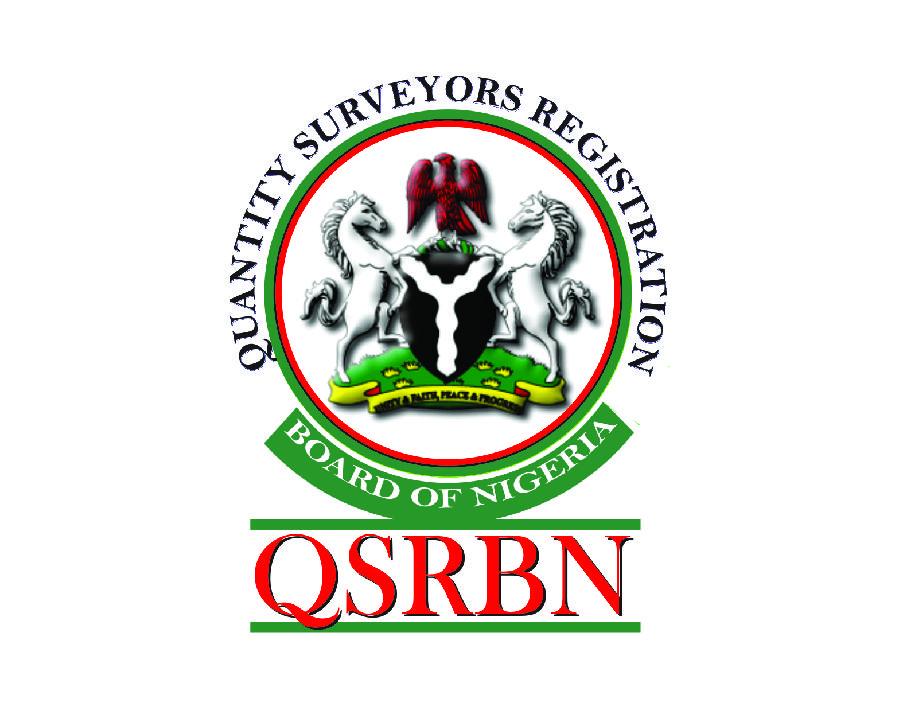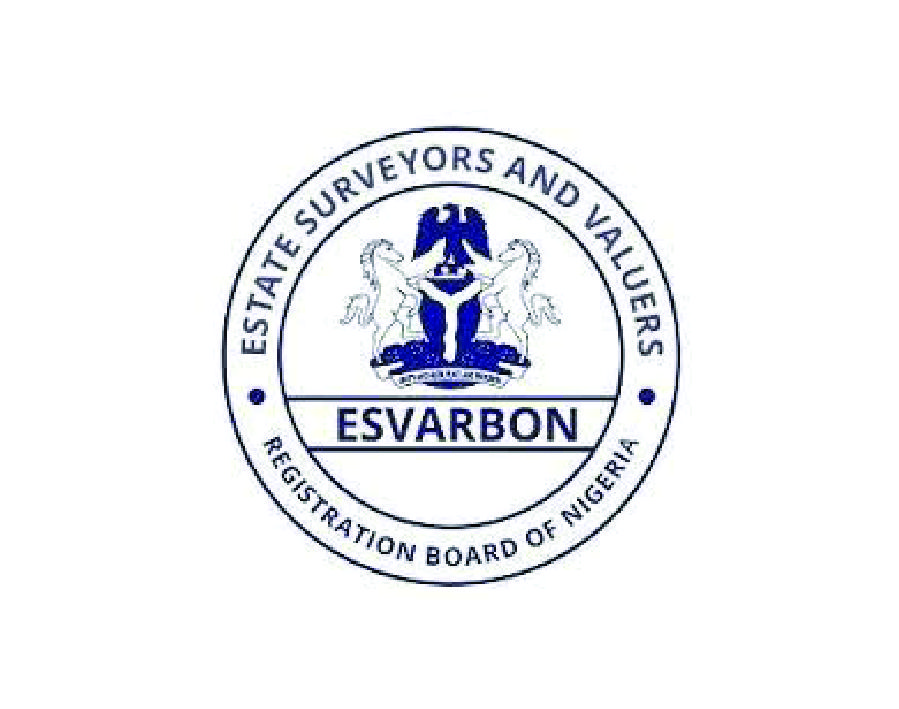
Housing Ministry Advances Efforts to Institutionalise Housing Data, Reveals 15.2 Million Inadequate Units
The Federal Ministry of Housing and Urban Development has disclosed that approximately 15.2 million housing units across Nigeria are structurally inadequate, highlighting a critical dimension of the country’s housing challenge beyond the construction of new homes.
The disclosure was made by the Honourable Minister of Housing and Urban Development, Arc. Ahmed Musa Dangiwa, during the presentation of the National Housing Data Initiative (NHD) by the National Housing Data Technical Committee at the Ministry’s Conference Room in Abuja.
The Committee was established in August 2024 to develop a harmonised national framework for housing data to support evidence-based housing policy, planning, and investment.
According to the Minister, the findings confirm that Nigeria’s housing challenge is both quantitative and qualitative, with national housing deficit estimates varying depending on data sources and methodological approaches.
“Beyond headline deficit figures, the application of harmonised and internationally recognised methodologies now allows us to state with clarity and confidence that Nigeria currently faces a housing inadequacy problem affecting approximately 15.2 million housing units nationwide,” the Minister said.
The Minister explained that the 15.2 million inadequate housing units are homes that exist physically but fall below acceptable standards of safety, habitability, access to basic services, infrastructure, and durability.
He noted that the findings were derived from the application of the Household Crowding Index, the Adequate Housing Index, and a Composite Index Methodology, supported by datasets from the National Population Commission (NPC), the National Bureau of Statistics (NBS), the Central Bank of Nigeria (CBN), and other housing sector institutions.
“These findings clearly demonstrate that Nigeria’s housing challenge is not only about building new houses,” the Minister stated, “but equally about upgrading existing housing stock, regenerating deteriorated neighbourhoods, improving basic services and infrastructure, and ensuring dignity, safety, and adequacy in housing outcomes.”
While highlighting the importance of the findings, the Minister emphasised that housing inadequacy represents only one dimension of Nigeria’s broader housing deficit.
He stressed the need to sustain the same level of analytical clarity across other critical areas, including absolute housing shortages, affordability gaps, access to land and secure tenure, availability and cost of housing finance, infrastructure and service deficits, regional and urban–rural disparities, as well as population growth rates, urbanisation trends, household formation patterns, and demographic projections.
According to him, a holistic examination of these dimensions is necessary to accurately assess current needs, anticipate future demand, and design sustainable and responsive housing policies.
The Minister formally accepted the presentation and report of the National Housing Data Initiative on behalf of the Ministry, describing it as “a major intellectual, technical, and institutional milestone” in Nigeria’s housing and urban development reform journey.
He further disclosed that the Federal Government has commenced steps to institutionalise housing data through the establishment of a National Housing Data Centre, which will be domiciled within the Ministry in the short term and institutionalised through a Special Purpose Vehicle or statutory framework in the longer term.
According to the Minister, the proposed Centre will create a permanent national institution capable of supporting housing policy formulation, investment decisions, access to housing finance, and housing delivery at scale.
The Honourable Minister commended the National Housing Data Technical Committee, led by Mr. Taofeeq Olatinwo, and acknowledged the contributions of participating institutions, including FMHUD, NMRC, NBS, NPC, CBN, FMBN, FHA, Family Homes Funds Limited, REDAN, AHCN, MBAN, HDAN, and other industry experts.
He announced that all Committee members and participating institutions will be issued formal Letters of Participation and Recognition by the Ministry in acknowledgement of their contributions to the report and its outcomes.
The Minister noted that the National Housing Data Initiative aligns fully with the Renewed Hope Agenda of His Excellency, President Bola Ahmed Tinubu, GCFR, and strengthens government’s capacity to support affordable and social housing delivery, deepen access to housing finance, improve investor confidence, stabilise housing markets, and monitor outcomes with credibility and accountability.
Describing the presentation as a turning point in Nigeria’s housing reform journey, the Minister stressed that data is no longer peripheral to housing delivery but central to it.
“With the National Housing Data Initiative, Nigeria is better positioned to plan more accurately, invest more confidently, and deliver housing more effectively and equitably for Nigerians,” he said.
In his remarks, the Permanent Secretary, Dr Shuab Belgore, said the report of the National Housing Data Committee would be published and circulated to all relevant agencies to formally legitimise the work carried out by the committee.
He also directed the Department of Planning, Research and Statistics (PRS) to follow up on the establishment of the Data Centre in the Ministry, as earlier recommended in the report, with a mandate to ensure it is ready by mid January, 2026.
On his part, the Chairman of the National Housing Data Technical Committee, Taofeeq Olatinwo, noted that the housing deficit research involved the participation of various organisations, financial institutions, and industry experts, adding that the committee collaborated with the World Bank to ensure consistency and standardisation of the data.
He explained the multidimensional index used in assessing key aspects of housing quality, including access to water, electricity, sanitation, and other basic services.
He revealed that, based on the Adequate Housing Index, Nigeria’s housing deficit stands at 15.2 million units as of 2025, with Kano State recording the highest deficit and Bayelsa State the lowest.
Close
